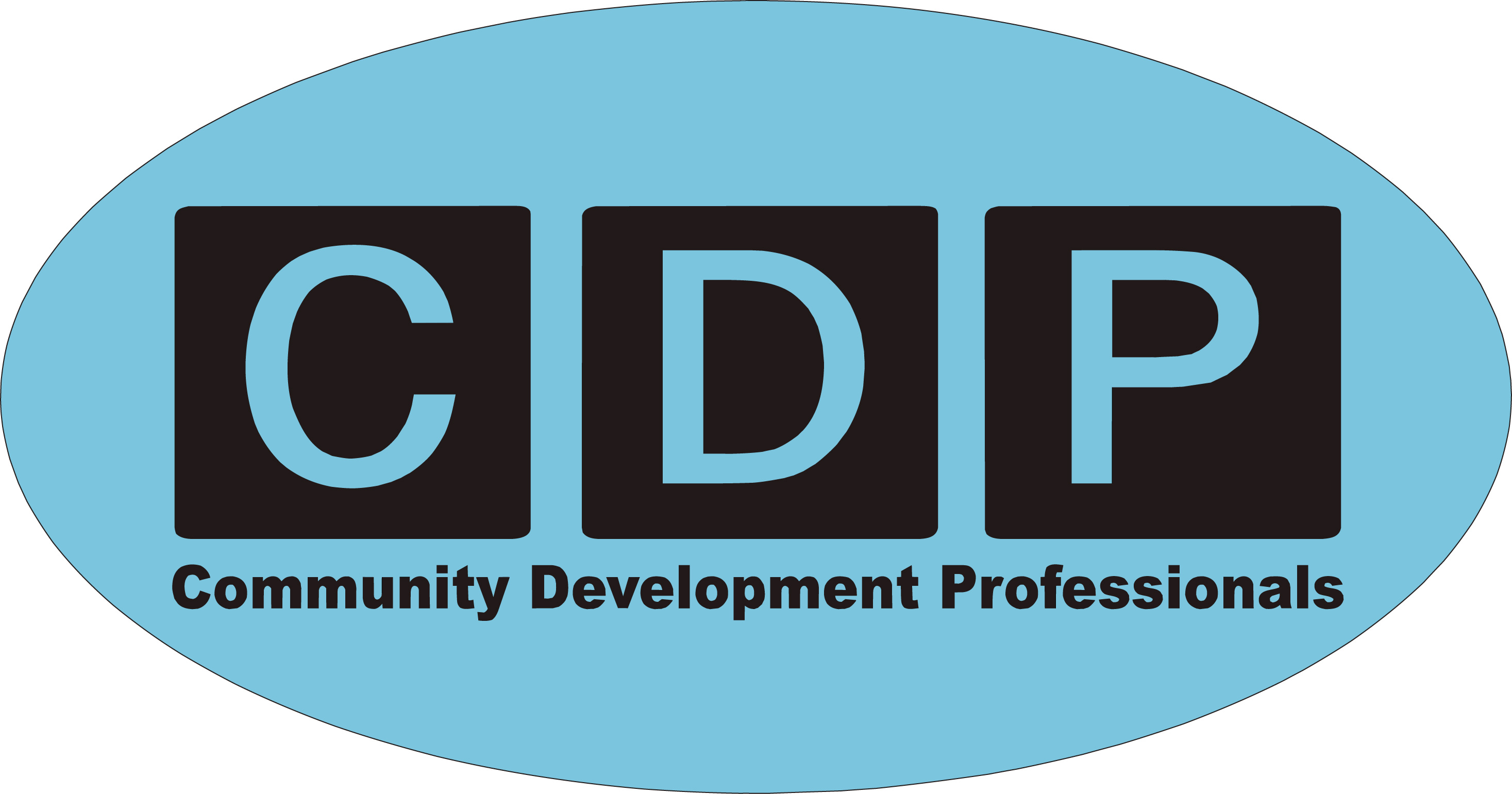Many people who work in a non-profit organization or small office comment on and may even take pride in the fact that they wear multiple hats. In the increasingly technology-based society, some non-profit staff may wear the Techie Hat out of necessity rather than out of expertise or even desire. These wonderful people have the title of “Accidental Techie.”
Robert Weiner points out that there are actually two kinds of Accidental Techies: those who want to be more than accidental and those who would rather not. Non-profits should take into account the desires of both people and give roles and titles accordingly. For those who would like to move up to a Technical Leader, here are some tips and qualities to be a success.
- Ask yourself if you understand the big picture of the issue and then communicate clearly with your co-workers. How do they learn best? Use that method to speak clearly about what is happening or what needs to happen.
- Know yourself and be honest with others about the things you don’t know. You can always research and find out more, but don’t fake it. Convey the need to constantly learn.
- Demonstrate a proactive and service-oriented vision and be clear about the positive outcomes of what you’re doing.
- Understand how your organization works and how decisions get made; understand what the leadership values.
- Develop a professional network of colleagues and friends who can help you when you need it.
Skills in technology do not mean the same as technical leadership. A technical leader will tie technology to people, mission and strategy. Technology skills can be learned but people skills are harder to come by.
Find the complete article here.
You can learn more at our upcoming Technology and Non-Profits training, May 25th, 2011. You can register online.
—–
This article was featured in the May 2011 issue of our monthly newsletter, CDP Press.
To read the whole newsletter, follow this link.
Sign up today to have it delivered to your inbox!
Filed under: CDP Press Articles, Non-Profits, Technology | Tagged: Community Development Professionals, non-profit, Non-profit organization, technology, technology in non-profits | 1 Comment »








